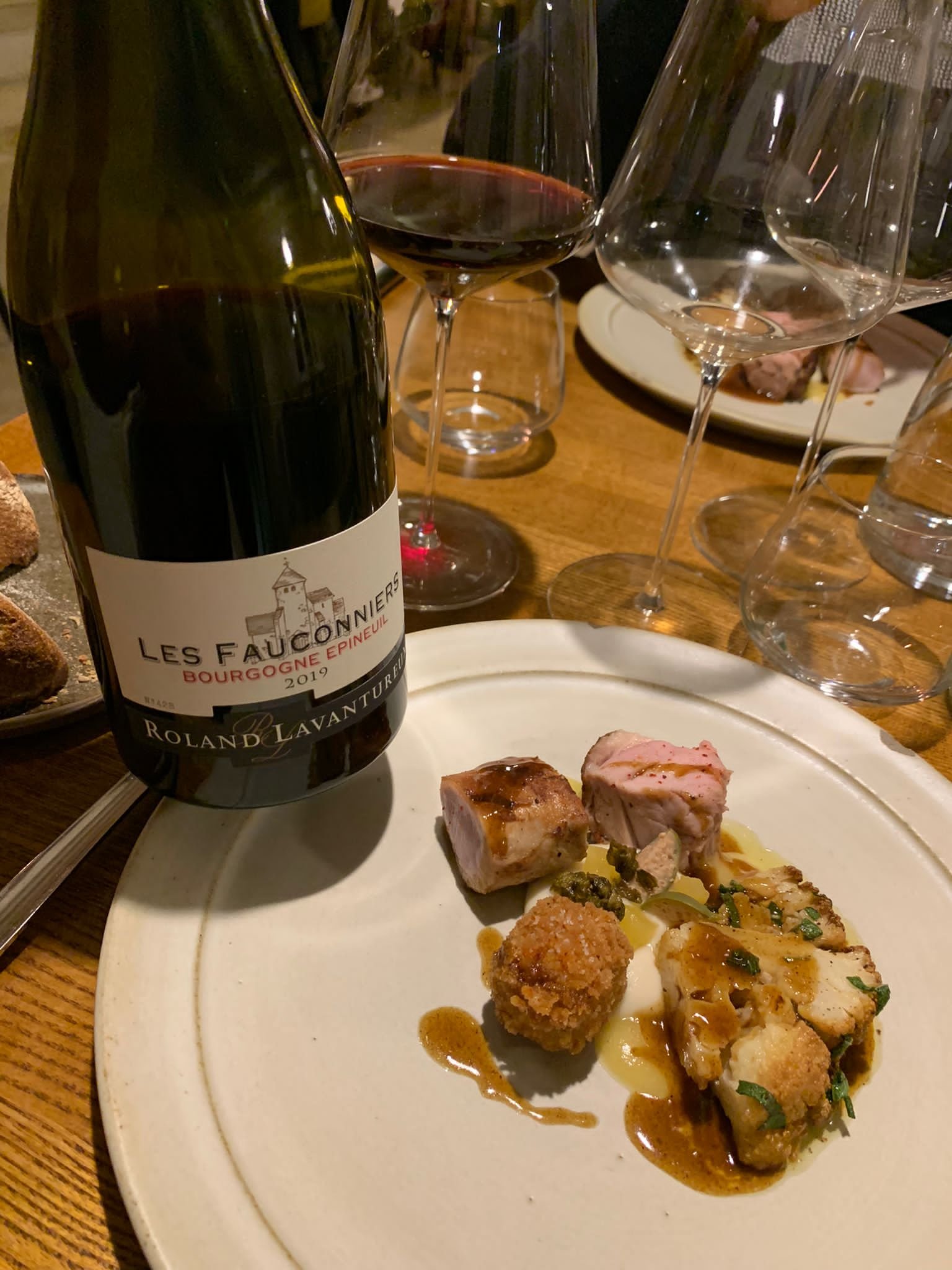News from the Vineyard
January 13, 2022
by Justine Puaud
Carbonic Maceration in Burgundy
Is carbonic maceration associated with Beaujolais? Not always. This technique tends to seduce more and more winemakers from other wine regions to make natural wines but also long aging wines. The carbonic technique is simple. This involves placing the whole berries, not crushed, in an airtight tank saturated with carbon dioxide. This triggers an intracellular fermentation inside the berries, under the action of native enzymes. It brings out the fruity aromas and reduces the tannins of the wines produced.
I recently interviewed Arnaud Laventureux of Domaine Roland Laventureux in Chablis, who made a fantastic and delicious Bourgogne Epineuil with carbonic maceration.
Domaine Roland Laventureux has been an all white wine domaine, producing Chablis only. In 2019, the Laventureux brothers started to make the first red wine of the domaine. They harvested 0.4 ha of pinot noir, producing 350 litres of Bourgogne Épineuil. In 2021, they harvested the whole four hectares of what used to be Domaine des Noisetiers.
Arnaud’s dream was to make Chambolle-Musigny, so to make red wine was always a goal. After many negotiations with the family, he was able to harvest a tiny parcel of pinot noir. It was his chance to make a great pinot noir, not from Chambolle-Musigny but from Épineuil.
Let’s be fair: Épineuil is not well known. The terroir is quite poor and the yield is very low. But as Arnaud’s parcel was really well exposed with a soil rich in limestone and kimmeridgian oysters, he decided to meet the challenge and make the best Épineuil anyone has ever tasted.
Winemaking is a recipe. You follow the instructions and then you add a bit of salt, cream and pepper to make a fantastic dish!
Arnaud’s winemaking technique is totally unique in Épineuil.
In a few words:
Debudding to help concentrate the juice
14 people who sort berry by berry to keep only the best
Maceration for about 1 month and half
Vatting (cuvaison) for more than a week
Aging in stainless steel vats for 1 year and 2 months
The most difficult part in his vinification was to keep a beautiful elegance to the fruit. It was a winning bet. His pinot noir expresses the vintage. There is a beautiful fruit with silkiness and flesh. Bravo Arnaud. We cannot wait to taste the 2020 vintage!



